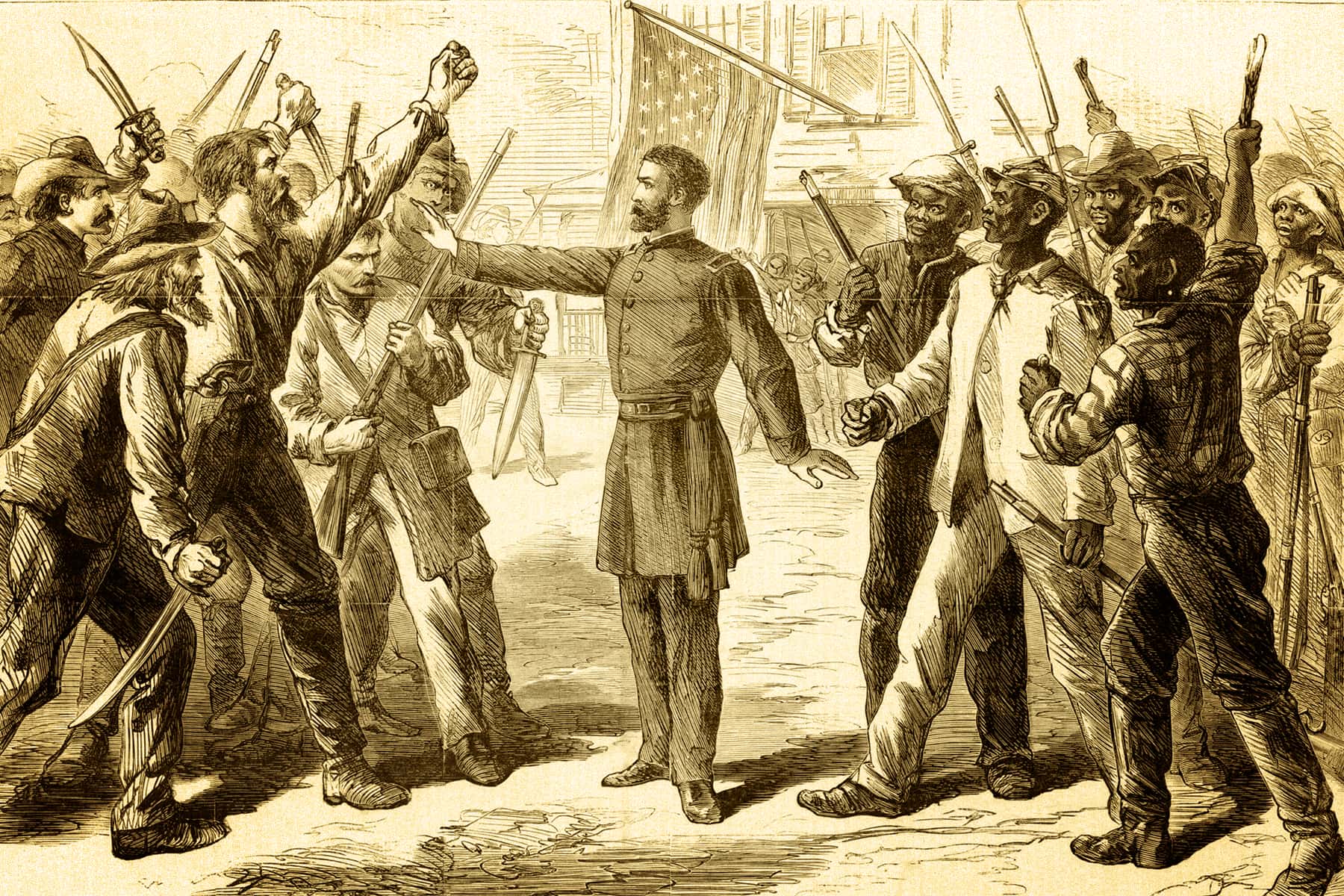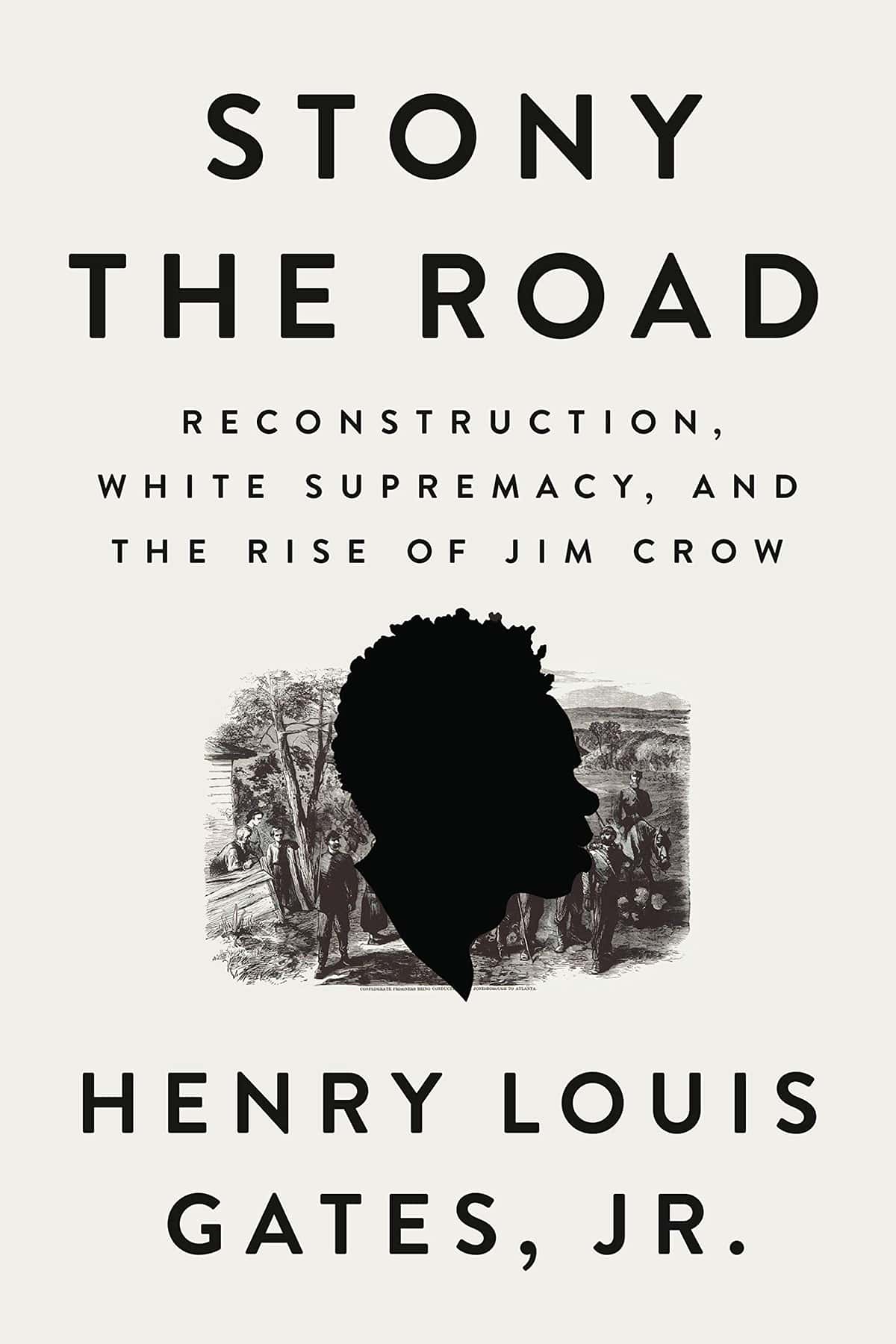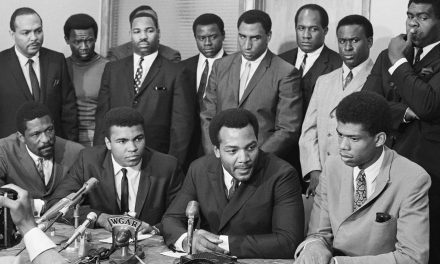
In the popular imagination, American history exists in a narrative of self-congratulatory. Events of the past are frequently filtered through a majority lens, focusing on the perceived heroics of white abolitionists and civil rights activists.
To hear some people explain it, the civil rights struggle of the 1960s ended when President Lyndon B. Johnson indulged Martin Luther King Jr. by signing the Civil Rights and Voting Rights acts, after which racism was solved and everything was better forever. This is an example of why most Americans are generally unfamiliar with Reconstruction, the period of time afterward that is sometimes called the “Redemption” era.
To hear some people explain it, the civil rights struggle of the 1960s ended when President Lyndon B. Johnson indulged Martin Luther King Jr. by signing the Civil Rights and Voting Rights acts, after which racism was solved and everything was better forever. This is an example of why most Americans are generally unfamiliar with Reconstruction, the period of time afterward that is sometimes called the “Redemption” era.
As literary scholar Henry Louis Gates Jr. puts it in his brilliant new book, Stony the Road: Reconstruction, White Supremacy, and the Rise of Jim Crow was “when the gains of Reconstruction were systematically erased and the country witnessed the rise of a white supremacist ideology that, we might say, went rogue, an ideology that would long outlast the circumstances of its origin.”
The book is a profound exploration of the struggle by African-Americans for equality after the Civil War and the violent counter-revolution that forced them back into subjugation. Gates details the social and intellectual history of the time between Reconstruction and the rise of the Jim Crow period of American history.
It is an absorbing and necessary look at an era in which the hard-fought gains of African-Americans were rolled back by embittered Southern whites. It is an era that in many ways has never really ended.
The story Gates tells begins with great hope, with the Emancipation Proclamation, Union victory, and the liberation of nearly 4 million enslaved African-Americans. Until 1877, the federal government, goaded by the activism of Frederick Douglass and many others, tried at various turns to sustain their new rights. But the terror unleashed by white paramilitary groups in the former Confederacy, combined with deteriorating economic conditions and a loss of Northern will, restored “home rule” to the South. The retreat from Reconstruction was followed by one of the most violent periods in our history, with thousands of black people murdered or lynched and many more afflicted by the degrading impositions of Jim Crow segregation.
Stony the Road — which takes its name from a line in “Lift Every Voice and Sing,” often called “the Negro national anthem” — seeks to explain how the racist dismantling of African-Americans’ civil rights came about and how it influenced the way people of color experience the country today. The first part of the book deals with the backlash to Reconstruction by whites, including some white people who themselves opposed slavery:
“Reconstruction revealed a fact that had been true but not always acknowledged even before the Civil War: that it was entirely possible for many in the country, even some abolitionists, to detest slavery to the extent that they would be willing to die for its abolition, yet at the same time to detest the enslaved and the formerly enslaved with equal passion.”
Gates goes on to explore how whites justified their reluctance to extend civil rights to African-Americans through their use of “racial science, journalism, political rhetoric, and finally fiction and folklore.” He looks at the pseudo-scientific theory of polygenesis, which held that different races of people had different origins, and the eugenics movement, “the most devastating form of scientific racism,” which advocated selective breeding of humans with the goal of producing more “desirable” people. Both were responsible for decades of suffering experienced by African-Americans.
Finally, Gates writes about the racist iconography that played “a pivotal role in persuading American society that black human beings were not only fundamentally different from white people, but irreversibly different in kind, and dangerously so,” and traces the rise of “the New Negro,” a term referring to mostly middle-class African-Americans who sought to fight against discrimination while subverting the racist stereotypes that had haunted black people for decades.
It will come as no surprise to anyone who’s familiar with Gates’ impressive body of work that Stony the Road is every bit as fascinating as the author’s previous books. It’s a work of history, but a living one — Gates explains how the years following Reconstruction still affect the lives of Americans today. “I often wonder if Frederick Douglass and his fellow abolitionists could have imagined the extent to which this antiblack racist discourse would remain very much alive in American society a century and a half after the end of the Civil War,” he writes, and sadly, one doesn’t have to search very deeply to find analogs of the Southern “Redeemers” today.
He also handily dispenses with the myth that the fight against American racism ended with the election of President Barack Obama, which, absurd as it sounds, some people still somehow believe. “Looking back roughly two years after Donald J. Trump’s election,” Gates writes, “the idea that one black person’s occupancy of the White House — and a presidency as successful as his — could have augured the end of race and racism seems both naïve and ahistorical.”
Through his close reading of the visual culture of this tragic era, Gates reveals the many faces of Jim Crow and how, together, they reinforced a stark color line between white and black Americans. Bringing a lifetime of wisdom to bear as a scholar, filmmaker, and public intellectual, Gates uncovers the roots of structural racism in our own time, while showing how African Americans after slavery combatted it by articulating a vision of a “New Negro” to force the nation to recognize their humanity and unique contributions to America as it hurtled toward the modern age.
“The process of Reconstruction involved nothing less than the monumental effort to create a biracial democracy out of the wreckage of the rebellion,” Gates writes. It is an effort that’s ongoing, and Gates makes a convincing case that it’s a fight we can’t afford to abandon.
Mіchаеl Schаub
Library of Congress and Penguin Press















